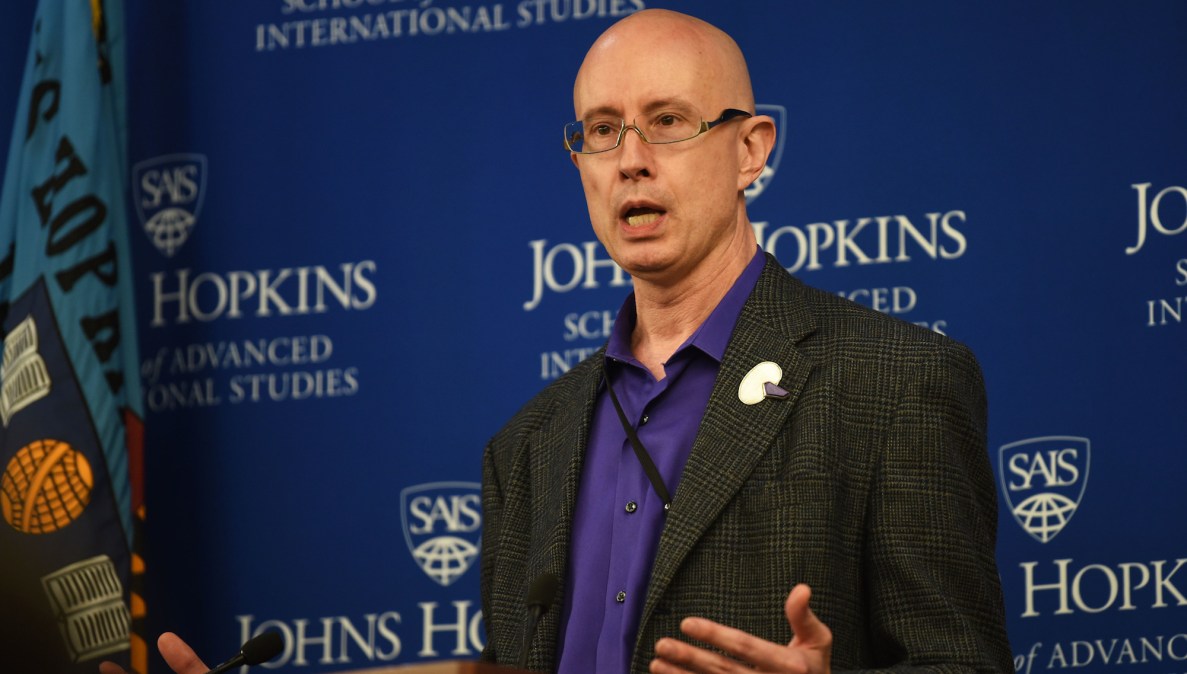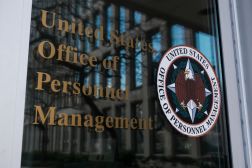Talent and data top DOD’s challenges for AI, chief data officer says

The Pentagon has made big plans to adopt artificial intelligence across the department, but two very large hurdles stand in the way of that goal, its new chief data officer said Wednesday: structuring data and recruiting the talent to manage it.
“You can’t feed the algorithms if you don’t have data. Solid, clean data in large volumes, well-tagged and well organized,” Michael Conlin said at the ACT-IAC Artificial Intelligence and Intelligent. “People will tell you that the machine learning algorithms, AI technologies can clean the data for you. Good luck.”
The Department of Defense has no shortage of data to pull from, but for it to be of any use to the AI capabilities, the department has to make sure that data is recorded in consistent, machine-readable formats for accuracy and to ensure it doesn’t present the algorithms with unintended bias, Conlin said.
“The more data you have to train your algorithms, the more accurate the algorithms are and the faster you get your results,” he said. “So data is everything.”
As an example, he detailed the department’s efforts to improve the flight readiness of aircraft by tracking the lifecycle of parts that are replaced frequently versus those that can be sustained for longer — dubbed “lemons” and “peaches,” respectively.
Conlin said the department tracked the serial numbers for the parts from aircraft maintenance records and determined with 99.9 percent accuracy which parts were lemons and which were peaches after nine maintenance stops on each part.
The problem stems from the data itself, however. Because department officials used the serial numbers to identify the lemons versus peaches, Conlin said, only 25 percent of the data was useful.
“Some [records] had a blank or a ‘To be completed later,’ or ‘I don’t know,’ or something that wasn’t the serial number,” he said. “So you couldn’t connect the maintenance records together in order to be able to identify to nine consistent maintenance activities.”
Considering that Silicon Valley is focused more on delivering AI solutions tailored for specific use cases rather than enterprisewide applications, as well as the growing importance of edge computing, the quality of the structured data becomes that much more important.
Equally important is the Pentagon’s need for data scientists to help oversee the AI systems, Conlin said. But the challenge is the current federal workforce structure isn’t designed for the job.
“We don’t train data scientists in the government. We don’t have the career path for data professionals, let alone data scientists,” he said. “I have to write my own position description for the data scientists I want to hire.”
Because data scientists have to possess the skills of a computer scientist, coder, mathematician and statistician, Conlin said the role traverses multiple job classifications in the government’s human capital space, making the position essential but difficult to recruit.
“Talent is a really big challenge for us,” he said. “And finding, borrowing, begging and creating talent is a really big challenge for all of us here in the room today.”
What can draw data scientists to an organization, however, are the unique challenges that working for agencies like the DOD can provide, Conlin said — but only if they can maintain a line of sight to those challenges.
“If you are thinking about making investments in this space, you are going to want to think about a centers of expertise or centers of excellence kind of model where you are pooling these folks in one place and assigning them, but maintaining a very high level of community activity across the group,” he said. “You have to think about what your value proposition for these human beings is if you want to keep them. Because they can make six- to seven-figure salaries in the commercial sector.”






